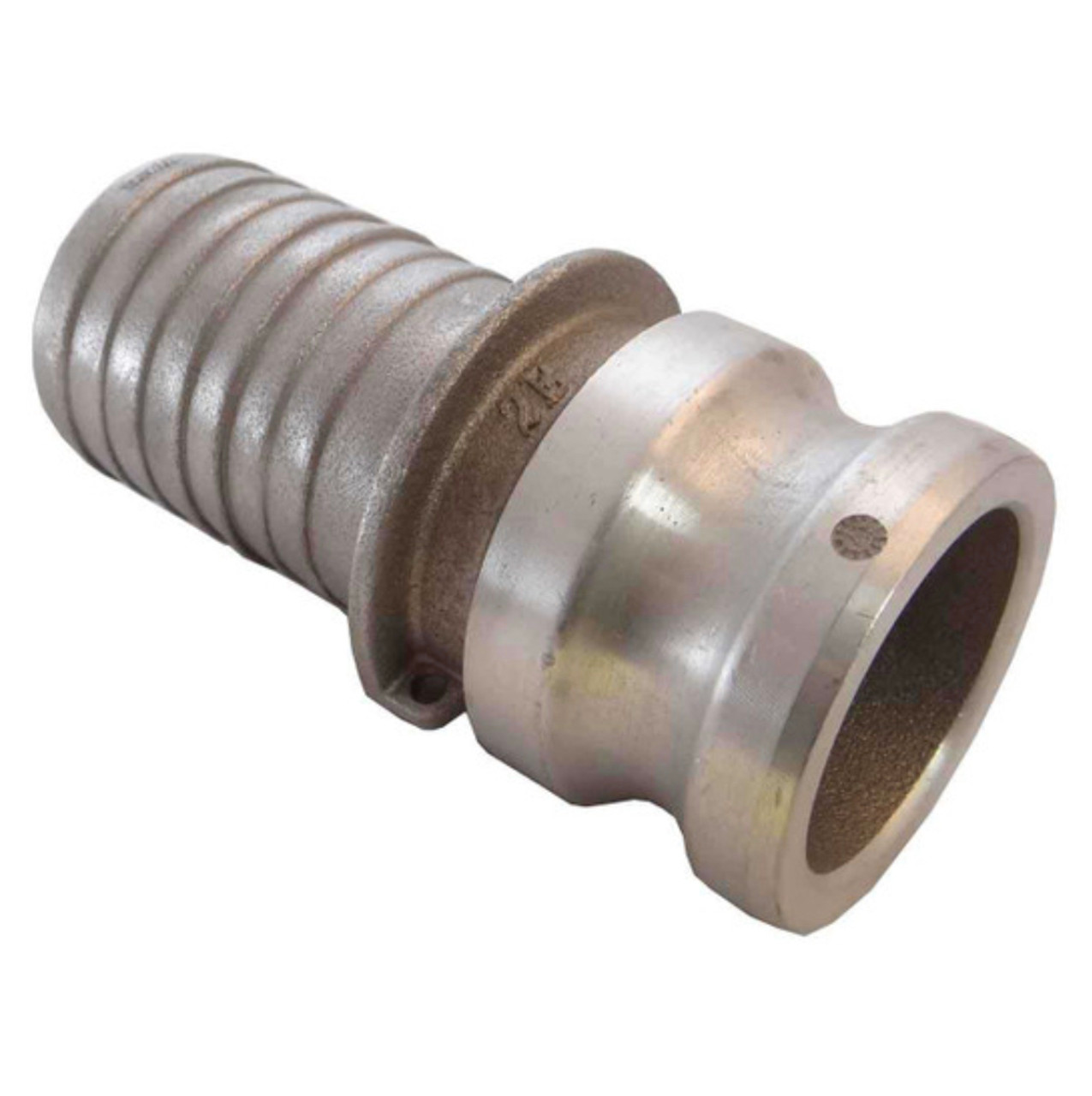Step-by-Step Installation of Hose Couplings and Clamps for Dewatering Projects
Apr 25, 2024
With the backdrop of technological advancements and industry standards, the evolution of hose couplings and clamps has offered project managers a variety of options tailored to meet specific project requirements. This diversity, while beneficial, also necessitates a deeper understanding of product specifications, installation techniques, and maintenance practices to leverage these tools most effectively. From the initial project assessment to the selection of suitable couplings and clamps, and through to the final installation and testing phase, each step plays a vital role in ensuring the dewatering system's reliability and longevity.
Embarking on this journey, we will explore the nuances of these components, shedding light on their importance and providing a detailed roadmap for their installation, aimed at securing the success of your dewatering endeavors.

Understanding Hose Couplings and Clamps
In dewatering projects, the efficacy of the system heavily relies on the robustness of the connections between hoses and the dewatering pump. Understanding the intricacies of hose couplings and clamps is essential for ensuring a tight, leak-proof setup that withstands the operational pressures encountered during water removal.
Hose Couplings: The Connective Backbone
Hose couplings serve as the connective backbone of any dewatering system. These components are designed to join segments of hoses together or connect a hose to a dewatering pump, forming a continuous pathway for water to be evacuated from the site. The variety in coupling types—ranging from quick-connect to threaded and flanged designs—allows for flexibility in assembling dewatering systems to match specific project requirements. Quick-connect couplings, for example, offer ease of use and speed in connection, making them ideal for situations requiring frequent assembly and disassembly. Threaded and flanged couplings, on the other hand, provide a more permanent solution, ensuring a secure seal suitable for high-pressure applications.

Clamps: Ensuring a Leak-Proof Seal
Clamps are equally crucial, tasked with securing the connection between the hose and its coupling to prevent any leakage that could undermine the dewatering process. The selection of the right clamp type, such as worm gear, T-bolt, or wire clamps, depends on the diameter of the hose, the type of coupling used, and the pressure conditions. T-bolt clamps, for instance, are highly regarded for their robust construction and uniform sealing pressure, making them a preferred choice for high-pressure environments. These clamps encircle the hose and coupling junction, tightened to create a compression seal that locks the components together, safeguarding against leaks.

Selecting the Right Components
Choosing the appropriate hose couplings and clamps is not merely about ensuring a physical fit but also about considering the operational conditions of the dewatering project. The material compatibility with the conveyed fluid, pressure ratings, and environmental factors such as exposure to chemicals or UV light are critical considerations. Stainless steel components are often preferred for their corrosion resistance and strength, providing a durable solution in challenging conditions.
Installation and Maintenance: A Critical Overview
The correct installation of hose couplings and clamps is a procedural step that requires attention to detail. Ensuring a clean, damage-free hose end, properly aligning the coupling, and securely fastening the clamp are foundational steps that cannot be overlooked. Moreover, regular inspection and maintenance are paramount to detect any signs of wear or leakage early on, enabling timely interventions that prolong the operational life of the dewatering system.

In conclusion, the role of hose couplings and clamps in the success of dewatering projects cannot be overstated. Their proper selection, installation, and maintenance are key to establishing a reliable, efficient dewatering system capable of handling the demands of water removal operations. By appreciating the nuances of these components, project managers and operators can ensure their dewatering systems are built to last, delivering optimal performance throughout their service life.Top of Form
Installation Steps
1. Preparation
Begin by thoroughly inspecting the hose ends for any damage or wear. Clean the coupling areas to remove debris or dirt that could compromise the connection.

2. Attaching the Couplings
Slide the clamp onto the hose end before attaching the coupling. For hoses that connect directly to pumps, ensure that the coupling matches the pump's outlet or inlet size.
3. Securing with Clamps
After the coupling is in place, position the clamp over the area where the hose and coupling meet. Tighten the clamp securely to ensure a snug fit, preventing leaks. T-bolt clamps are recommended for their robust grip and uniform sealing pressure.
4. Testing for Leaks
Once the couplings and clamps are installed, conduct a pressure test to check for leaks. This can be done by running water through the system and inspecting the connections closely. Any sign of leakage necessitates re-tightening the clamps or re-assessing the coupling fit.
5. Regular Maintenance
Maintaining the integrity of hose connections is vital for the longevity of your dewatering system. Regularly check and tighten clamps and replace worn-out couplings as needed to ensure optimal performance.
Installing hose couplings and clamps correctly is fundamental to the success of any dewatering project. By following these detailed steps, you can achieve a reliable and efficient system that stands the test of time. Remember, the key to a successful installation lies in choosing quality components and conducting thorough checks to prevent and address any leaks.
Upgrade Your Dewatering System with Our Premium Components
Elevate the efficiency and reliability of your dewatering projects with our top-tier dewatering pump accessories. From robust hose couplings to secure clamps, our selection is designed to ensure a seamless operation.
Don't compromise on quality; browse our collection now to find the perfect match for your needs.

